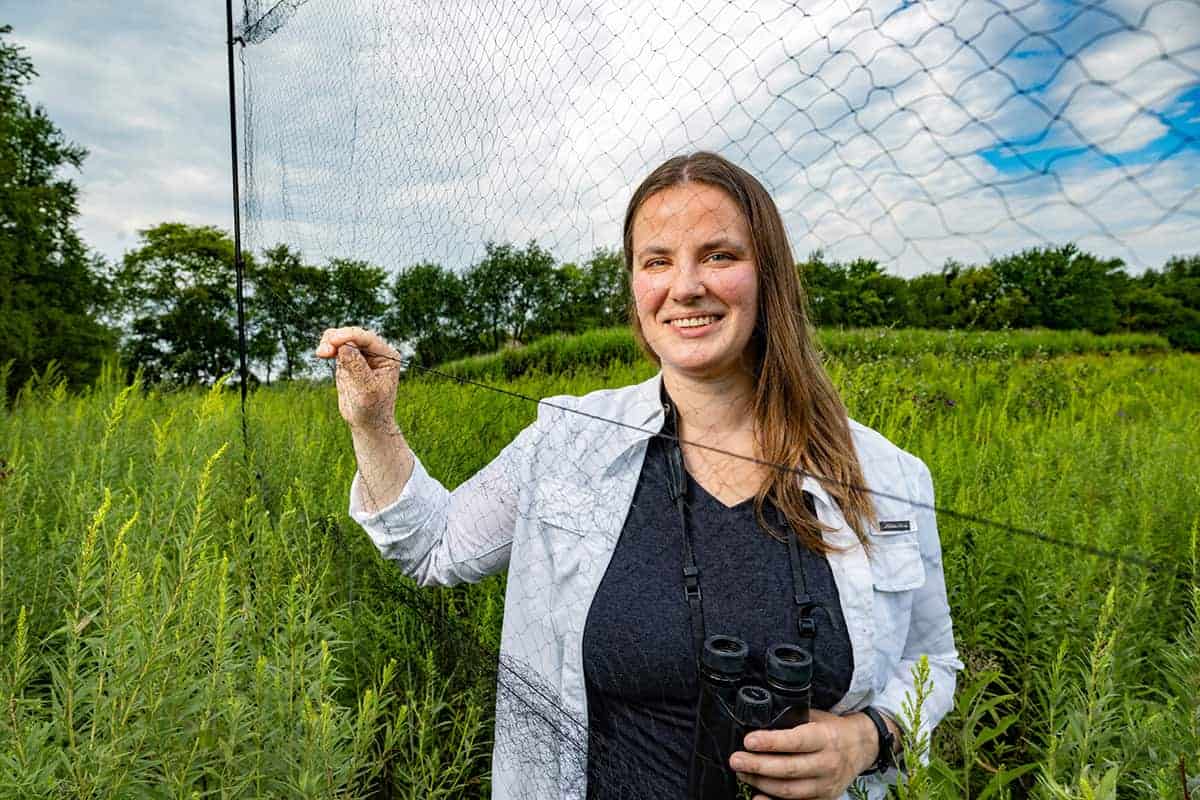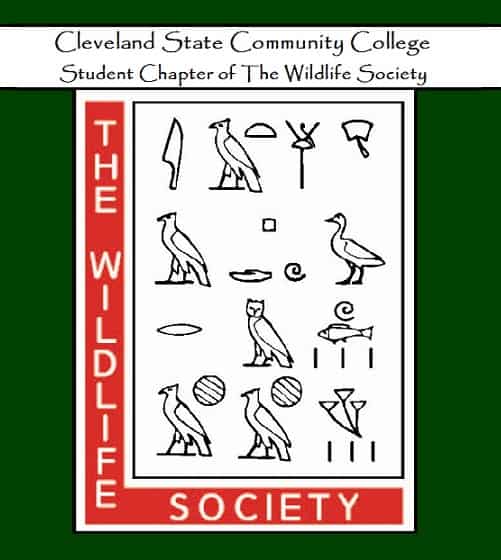Share this article
Urban wetlands hold diverse wetland species
Urban areas probably aren’t the first places that comes to mind when you think of wetland birds. But a recent study found that around Chicago, even small urban wetlands are important for a number of birds, from cryptic rails to common sparrows.
Wetland birds can be pretty hard to find, hiding in dense vegetation and vocalizing infrequently. Researchers Anastasia Rahlin, Sarah Saunders and Stephanie Beilke wanted to understand how wetland bird occupancy varied within the Chicago Wilderness Region of northeastern Illinois and northwestern Indiana.
To find out, they used playbacks of bird calls to see which birds were occupying which areas.
“We wanted to survey a wide range of wetland bird species,” said Anastasia Rahlin, an Illinois Natural History Survey ornithologist and program manager for the Urban Biotic Assessment Program. Rahlin led the study published in Ecosphere. “We focused on searching for species that are state threatened or endangered and species that are declining in the two states.”
Searching in various wetland habitat types, some extremely urban, some less so, the team was able to detect enough occurrences of 10 of the 17 species they set out to study—including plenty of elusive sora rails (Porzana carolina)—to create occupancy models for them.
“I was really surprised to find rare species using these urban wetlands,” Rahlin said.

Researcher Anastasia Rahlin and her colleagues found that several wetland bird species use even small urban wetlands. Credit: Fred Zwicky
The models showed urbanization only negatively affected wetland bird occupancy for two species—the pied-billed grebe (Podilymbus podiceps) and the swamp sparrow (Melospiza georgiana). “For the majority of species, urbanization was not the main driver of their occupancy,” she said.
In fact, species like the American coot (Fulica americana), blue-winged teal (Anas discors), least bittern (Ixobrychus exilis), sora and Virginia rails (Rallus limicola) appeared to take advantage of quality wetland habitat within urban areas.
The team also looked at the effects of wetland habitat type on occupancy. They studied freshwater ponds, forested wetlands, riverine wetlands and emergent wetlands seasonally present on the landscape.
They found that specific groups of species preferred specific wetland types and at different spatial scales. For example, the common gallinule (Gallinula galeata), marsh wren (Cistothorus palustris), sora and Virginia rail occupancy increased in emergent wetlands at small 200-meter spatial scales. “These species may depend more on fine-scale vegetation and vegetation structure in these wetlands,” Rahlin said.
Other species, such as the least bittern and swamp sparrow, which are dependent on emergent and riverine wetlands, saw occupancy increases at 400-meter to 2,000-meter spatial scales, indicating they may need larger tracts of intact wetlands. “It’s important to create interconnected wetlands and provide these continuous habitats that can increase breeding opportunities for these species,” she said.
Audubon used these findings to inform their new management and visualization tool, the Marsh Bird Monitoring Hub. The hub allows managers to look at which wetland birds use which wetlands, how occupancy is changing over time, and to examine the effects of restoration on specific species.
The study shows that restoring even small, urban wetlands can be important for wetland birds, Rahlin said. “This study makes me feel optimistic about how even restoring wetlands on small spatial scales, such as the size of a small pond, can benefit wetland birds,” she said. “I think that’s really exciting.”








